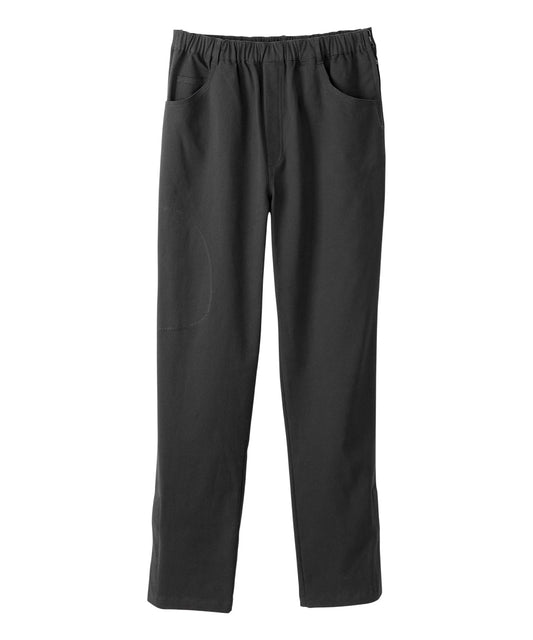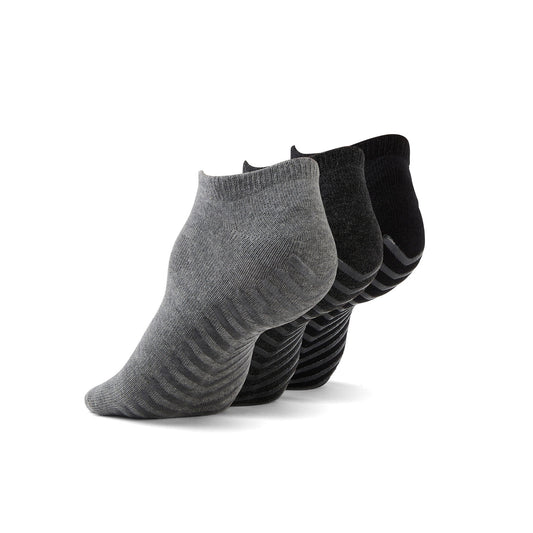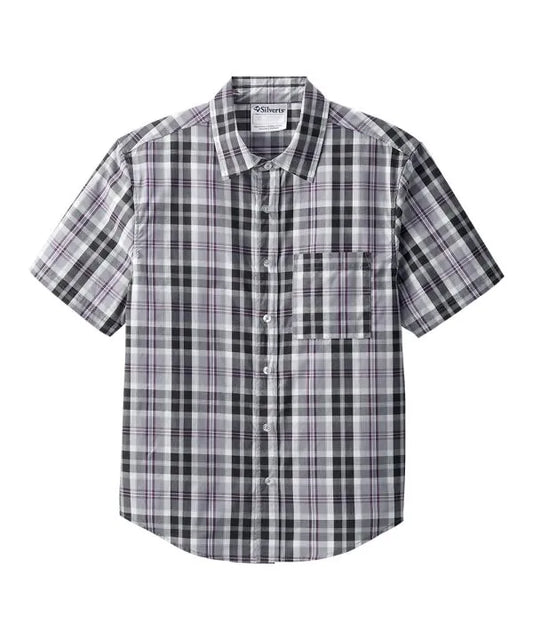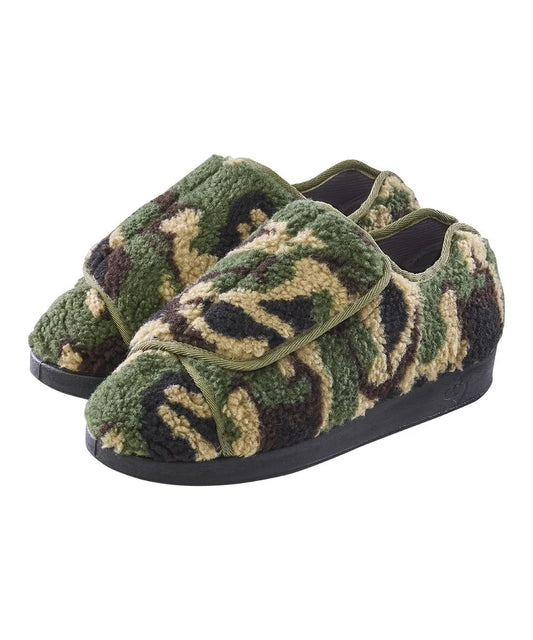By: David Kristianto
Your feet and ankles might not feel or look the same every day if you have lymphedema or edema. On certain mornings, your shoes may slide on with ease, but by the evening, you're releasing all the straps to feel better. Something as basic as getting dressed can become a daily challenge due to this ongoing fluctuation.
In addition to improving comfort, the correct shoes and socks can also improve your mobility, self-esteem, and general health. You should have solutions that work for you, whether you're dealing with chronic conditions, post-surgery swelling, or transient fluid retention.
Below, we’ll cover the best options for stretchable shoes, compression socks that don’t dig in, how to measure properly for swollen feet, where to find extra-wide adjustable footwear, and tips to help reduce swelling throughout the day.
Stretchable Footwear for Fluctuating Swelling
You are aware of how rapidly swelling can develop if you have ever begun the day feeling at ease in your shoes and ended up limping home with tight, sore feet. By mid-afternoon, something that feels ideal in the morning may feel constricting and uncomfortable. For this reason, stretchable shoes can be extremely beneficial for people who have lymphedema or edema. Stretchable shoes adjust to the natural changes in your foot size throughout the day rather than putting your feet into a rigid structure that doesn't allow for change.
-
Select footwear with flexible uppers.
A flexible upper composed of materials like neoprene, Lycra, or stretch-knit fabric is one of the most crucial characteristics to search for. For instance, the pair of Women’s Extra Wide Shoes from June Adaptive is made from flexible Neoprene Comfort Material and has a large Velcro closure. Without compressing or squeezing the foot, these textiles can swell to accommodate swelling. By moving with you, they lessen the possibility of pressure points and improve the comfort of every step.

-
To make entry easy, look for wide openings.
Shoes with wide openings are easy to put on and take off. Particularly when your feet are at their most swollen, slip-on styles with elastic side panels or hook-and-loop fasteners make dressing considerably simpler. For example, the pair of Women’s Extra Wide Mary Jane Shoes from June Adaptive has a large Velcro closure that can be adjusted depending on how swollen your feet are. This feature can alleviate stress and save time, especially if you have restricted mobility.

-
Give priority to smooth, soft linings.
The interior of the shoe also affects comfort. The rubbing and irritation that can happen when rough stitching or bulky seams meet sensitive skin are avoided by using smooth, seamless linings. A soft interior can significantly improve your overall comfort when managing swelling because even slight friction can result in blisters or sores.
-
Choose footwear with padded soles.
Cushioning is just as crucial. Impact is absorbed by shoes with memory foam or lightweight foam soles, which lessen joint stress and avoid foot fatigue. For instance, June Adaptive offers a pair of Unisex Supportive Memory Foam Shoes with Front Zipper Access Voyage. This is helpful because cushioned soles offer gentle support and aid in more even pressure distribution across the foot. This is especially advantageous for those who stand or walk for extended periods of time.

-
Explore various fashion choices.
These features can be combined in a variety of designs to suit various occasions. Sneakers that are versatile and have discrete side zippers provide easy access and a laid-back appearance. Stretch-knit Mary Jane styles are still comfortable and flexible, but they look more put-together for occasions or excursions. Wide Velcro-closure, adjustable slippers keep your feet warm and supported without feeling constricting when you wear them at home.
You're investing in all-day comfort and mobility when you choose shoes that stretch with you. Making this small adjustment could make the difference between ending your day in agony and getting through it painlessly.
Best Compression Socks Without Discomfort
By increasing circulation and decreasing the accumulation of extra fluid in the lower legs and feet, compression socks are frequently advised to help control swelling. Despite their potential for great effectiveness, many people find them uncomfortable to wear for extended periods of time because they are too tight, too hot, or both. Finding a pair that provides the ideal amount of comfort and support is essential if you want to wear them all day without feeling constrained.
-
Choose graduated compression.
These are socks that gradually loosen toward the calf after becoming tighter at the ankle. By promoting upward blood flow, this design lessens overall swelling and keeps fluid from accumulating in the lower extremities. Compression may feel uneven or even uncomfortable without graduated pressure, which may deter regular use.
-
Pick breathable, soft textiles.
Even after extended use, materials like moisture-wicking synthetics or cotton blends keep your feet dry and cool. Wearing socks for the recommended amount of time is made easier by breathable materials that can avoid skin irritation and overheating. You're more likely to forget you're wearing compression socks if the material is softer.
-
Look for wide, non-binding cuffs.
By distributing pressure evenly, a wide, smooth cuff prevents the tight band effect that can cause marks or impede circulation. All-day comfort can be significantly increased by this minor design element, particularly if you intend to wear compression socks while travelling or at work. The best handcuffs don't squeeze, so you can move around freely.
-
Select the appropriate compression level.
While moderate compression (15–20 mmHg) provides more pronounced support, mild compression (8–15 mmHg) is effective for mild swelling. To prevent over-restriction, higher levels should only be worn under medical supervision. Selecting the appropriate strength guarantees that you will experience the benefits without experiencing excessive strain on your legs.
-
Take into account different designs.
Try open-toe designs to improve ventilation and relieve pressure on the toes, or zippered versions for easier application, if traditional compression socks are too tight or difficult to put on. These choices can help you maintain a swelling management regimen and make wearing compressions every day much more convenient.
How To Measure For Swollen Feet
It takes more than just purchasing a larger size to find shoes that fit swollen feet. Choosing shoes that will support you without creating new issues like blisters or circulation restriction is ensured by proper measurement.
Step-by-step measuring guide:
-
Measurement at your largest: If your feet swell more during the day, take a measurement in the afternoon or evening.
-
Length: Measure from heel to longest toe while maintaining an even weight distribution.
-
Width: Measure the widest area of your foot, which is often across the ball, with a soft tape measure.
-
Instep height: Measure around the highest point for reference, as some shoes press against the top of the foot.
-
Ankle circumference: This is especially crucial for high-top or boot shoes.
-
Examine sizing charts: Since brands differ, always refer to their precise width and size specifications.
An additional piece of advice is to measure both feet. Many people have one foot that is a little bigger than the other, and swelling can be more noticeable on one side, particularly when lymphedema is present.
Where To Find Extra-Wide Adjustable Shoes
For someone with edema or lymphedema, standard "wide" shoes are frequently insufficient, particularly if swelling varies or is more noticeable in one foot. You have the room you require and the adaptability to change every day with extra-wide adjustable shoes.
Designed for ease of wear, June Adaptive offers stylish, extra-wide, adjustable shoes that mimic regular retail footwear. This adaptive apparel brand caters to people who want to feel confident, stylish, and at ease. The designs are flexible, modern, and come in a range of styles that complement your everyday clothing.
Tips To Reduce Swelling During The Day
Even though socks and shoes can help you feel more comfortable, controlling swelling itself can significantly improve your quality of life. You can lessen fluid accumulation, enhance circulation, and feel better all around by implementing simple yet reliable habits into your daily routine. These techniques are easy enough to apply while travelling, at work, or even at home.
-
Raise your feet.
Several times a day, try to get in 15 to 30 minutes, ideally with your feet elevated above your heart. This position helps your lower legs and ankles lose fluid by using gravity. While you unwind, consider using an adjustable footrest or placing your feet up on a pile of pillows.
-
Gentle movement.
Simple exercises that keep fluid flowing through your lymphatic system include walking for a few minutes each hour, calf raises, and ankle circles. Swelling can be kept from getting worse throughout the day by making even minor adjustments at your desk or while watching TV.
-
Drink plenty of water.
Dehydration may seem counterintuitive, but it can actually exacerbate swelling because your body will retain fluid when it isn't getting enough water. Your body can maintain a healthy fluid balance if you keep a water bottle close at hand and take regular sips.
-
Wear proper compression.
If worn regularly, even light compression sleeves or socks can be beneficial because they apply mild pressure to promote circulation. They will be more comfortable to wear every day if the fit and compression level are chosen properly.
-
Steer clear of extended sitting or standing.
Fluid can accumulate in your lower legs if you remain motionless for an extended period of time. Throughout the day, try switching between standing, sitting, and taking quick walks to keep your lymphatic and blood vessels moving.
-
A massage.
Light massage can encourage lymphatic drainage and reduce discomfort, particularly when administered under the supervision of a lymphedema therapist. Gentle, upward strokes toward the heart can have a significant impact; strong pressure is not necessary.
-
Make low-sodium food choices.
The body retains water when exposed to salt, which can exacerbate swelling. Your body can naturally eliminate extra fluid if you cut back on sodium and eat more fresh, whole foods.
Final Thoughts
Living with lymphedema or edema requires adaptation, but it doesn't have to mean giving up comfort, mobility, or style. No matter what the day brings, wearing the appropriate shoes and socks can help you feel more like yourself.
Choose socks that provide support without being constrictive, shoes that can stretch with you, and sizes that correspond to your particular measurements. You'll position yourself for increased comfort and independence in your daily life if you combine that with daily swelling management techniques.
For recommendations specific to your needs, consult your healthcare provider or a medical shoe fitter if you're not sure where to begin. To discover more adaptive fashion ideas and accessible solutions, sign up for the June Adaptive newsletter. You’ll get firsthand updates on the newest products and recovery-friendly styles.















